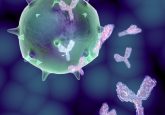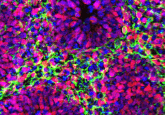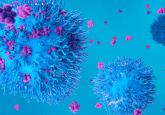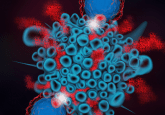Oncolytic viruses: challenges and considerations in an evolving clinical landscape
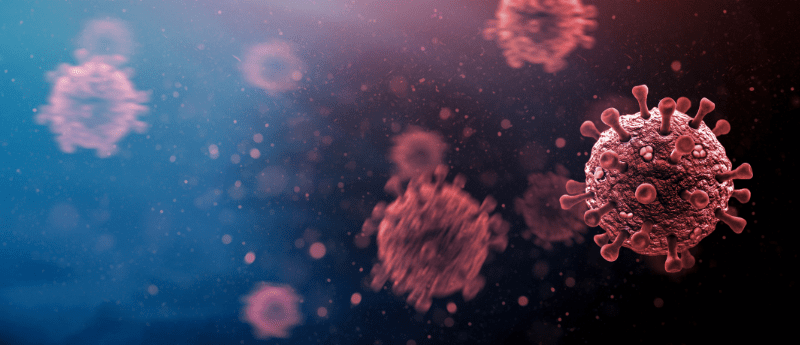
Future Oncology, our partner journal has recently published a review article exploring the challenges in developing oncolytic viruses (OV) for the treatment of cancer and innovative strategies that can be used to optimize the potential of OV’s in clinical practice.
Abstract
Despite advances in treatment, cancer remains a leading cause of death worldwide. Although treatment strategies are continually progressing, cancers have evolved many mechanisms for evading therapies and the host immune system. Oncolytic viruses (OVs) could provide a much-needed option for cancers that are resistant to existing treatments. OVs can be engineered to specifically target and kill cancer cells, while simultaneously triggering an immune response at the site of infection. This review will focus on the challenges of developing a successful OV and translation to clinical practice, discussing the innovative strategies that are being used to optimize the potential of OVs. Here, we will also explore the current clinical landscape and the prospects of OVs in early clinical development.
Plain language summary
Oncolytic viruses (OVs) are viruses that may help destroy tumor cells. They work by selectively infecting and replicating within tumor cells, causing the cells to burst and release newly built viruses. These viruses infect nearby tumor cells, triggering the body’s immune system to attack the tumor and any tumor cells that have spread throughout the body. Clinical trials have shown that OVs can destroy cancer cells that are resistant to standard therapies. OVs in combination with other cancer therapies can be more effective and there are over 100 clinical trials planned, ongoing or completed to investigate this approach. OVs are generally well tolerated, the most common treatment-related side effects include fever, aches and pains, and tiredness for 1–2 days. While only four OVs have been approved so far, there are more expected to come. Overall, OVs may provide a way to directly destroy tumors and turn on the immune system to destroy tumor cells throughout the body.

